
Q. I have Aiptasia all over my aquarium and have been told I need to add a filefish. I looked at your Reef Aquarium Fishes book and it does not recommend filefish for the reef aquarium. What should I do? Are filefish reef-safe? What about copperbanded butterflyfish?
Katie Workman
Tallahassee, Florida
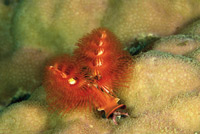 Though most Chelmon spp. can be kept in a reef aquarium, they will cause problems with some animals, such as Christmas tree worms, like this Spirobranchus giganteus.
Though most Chelmon spp. can be kept in a reef aquarium, they will cause problems with some animals, such as Christmas tree worms, like this Spirobranchus giganteus.
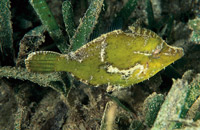 The bristletail filefish (Acreichthys tomentosus) will clear a aquarium of Aiptasia or majano anemones. However, they will also nip at other sea anemones.
The bristletail filefish (Acreichthys tomentosus) will clear a aquarium of Aiptasia or majano anemones. However, they will also nip at other sea anemones.
A. A couple of years ago, I shared information about the bristletail filefish (Acreichthys tomentosus) in this column. I found that many European aquarists included this species in their reef aquarium fish communities to take care of both glass anemones (Aiptasia spp.) and the dreaded majano anemones (Anemonia cf. majano).
The European reefkeepers swore up and down that they did not harm other cnidarians in the aquarium. In this column, I suggested that there was some data that they may pick at xeniid corals, leather corals (they pick at Sarcophyton polyps) and large-polyped stony corals. Since that time, I have kept a dozen of these fish in my own aquariums and customers’ aquariums, and have found that they are not as trustworthy as I had hoped. Yes, they love to munch on those annoying little anemones that can take over an aquarium, but they also might nip at the tentacles of more desirable sea anemones, such as Entacmaea quadricolor, the tips of gorgonian branches and the fleshy polyps of a variety of large-polyped stony corals (e.g., Turbinaria, Lobophyllia, Trachyphyllia).
Is there a place for these filefish in the reef aquarium? Most definitely. They are still the best biological control I have found for clearing a aquarium of Aiptasia or majano anemones.
To give an example, I do aquarium maintenance, and a customer’s aquarium had been overtaken by glass anemones (some of the largest Aiptasia I have ever seen). I added two A. tomentosus, and within a month, the number of Aiptasia greatly declined. After several months, there was not an Aiptasia to be found. I had tried peppermint shrimp in this aquarium, Aeolidiella stephanieae and the so-called Berghia sea slugs. These anemone-eating inverts did little good in this anemone-infested aquarium, unlike our friend A. tomentosus. (This is not to say that some aquarists have not had luck getting these inverts to “take out” their anemone enemies, but they are less consistent in bringing Aiptasia, both large and small, under control like the bristletail filefish.) I also want to say that the bristletail filefish is the best biological control of majano sea anemones that I know of.
The ideal situation may be to remove the bristletail filefish once it has the pestilent sea anemones in check. Of course, this can be easier said than done. They are not that easy to catch with a fish trap (though some individuals may enter if you add a tasty treat, such as a piece of table shrimp or scallop), and trying to round up one of these secretive little guys in a aquarium full of live rock can be a real trick. The bottom line: adding a filefish to your reef aquarium is always a calculated risk.
Regarding copperbanded butterflyfish (Chelmon rostratus), they can sometimes be very effective at helping deal with Aiptasia outbreaks. That said, some individuals ignore glass anemones. Most individuals (and other members of the genus Chelmon) can be kept in a reef aquarium with most soft corals and small-polyped stony corals, though some individuals may nip at large-polyped stony corals, certain soft corals (including xeniids and clavulariids) and zoanthids. Christmas tree worms are also a potential target of Chelmon rostratus.
Another downside with Chelmon rostratus is that it can be quite delicate. Your chances of success will greatly increase if you’re selective about the specimen you add to your aquarium. Avoid emaciated individuals, unless you hope to try and rescue the fish. Unfortunately, thin individuals are not likely to recover.
Some aquarists have suggested that smaller individuals (around 3 inches in length) fare better in captivity than adults. The idea is that smaller individuals are more likely to acclimate to a new food source than an older conspecific. That said, be aware that the metabolic needs of a juvenile fish will be higher than that of an adult. Feed a young fish frequently or ensure there is an adequate natural food source present in the aquarium.
Copperbanded butterflyfish are thought to feed heavily on tubeworm feeding appendages and small crustaceans. A aquarium with live rock will provide some normal fodder. This will provide a hungry copperbanded with nutritional snacks between meals. Natural prey items are also important if a newly added Chelmon rostratus is reluctant to eat aquarium foods when first introduced to the aquarium.
Good luck with your Aiptasia problem. Remember that adding Aiptasia-eating fish to an aquarium containing corals is a calculated risk. But it is a risk many aquarists find worth taking. Happy fish watching!
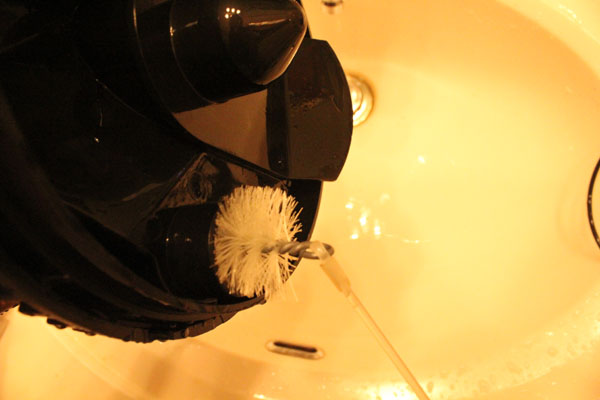 How to Maintain Your Aquarium Filter
Aquarium filtration saw monumental advances in technology du
How to Maintain Your Aquarium Filter
Aquarium filtration saw monumental advances in technology du
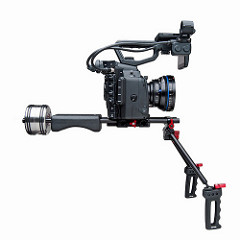 Catch More Salmon - Follow These Simple To Implement Techniques
FLAT Rigs outriggers, shock cord snubber, and rigging kit i
Catch More Salmon - Follow These Simple To Implement Techniques
FLAT Rigs outriggers, shock cord snubber, and rigging kit i
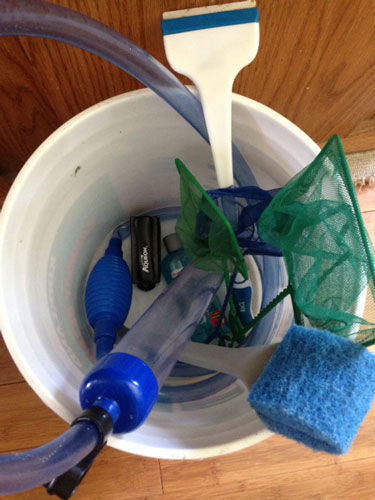 What to Keep in Your Aquarium Maintenance Bucket
It is too easy for hobbyists, especially new ones, to become
What to Keep in Your Aquarium Maintenance Bucket
It is too easy for hobbyists, especially new ones, to become
 Useful Idea For Stronger Nutrition And Wellness
It truly does show when you take time to create a proper no
Useful Idea For Stronger Nutrition And Wellness
It truly does show when you take time to create a proper no
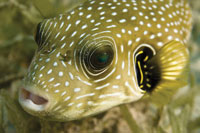 Pufferfish Teeth Care
Because their teeth are constantly growing, pufferfish
Pufferfish Teeth Care
Because their teeth are constantly growing, pufferfish
Copyright © 2005-2016 Pet Information All Rights Reserved
Contact us: www162date@outlook.com